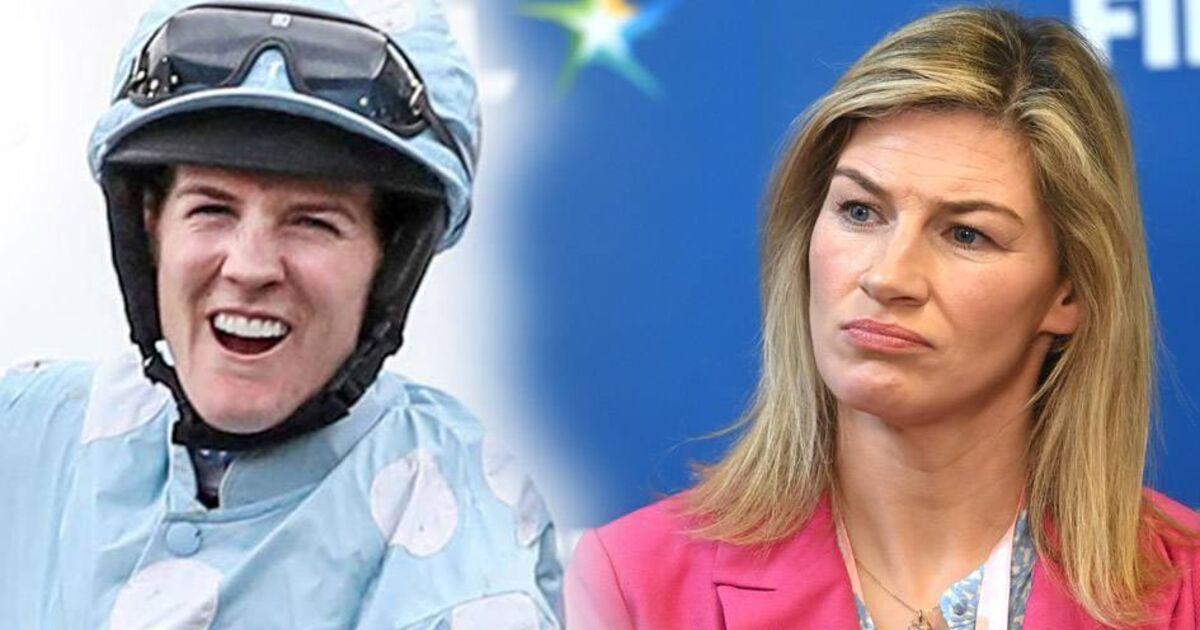Rowan Tree Stables: Horse Show Surprise by Nina Carberry, illustrated by Nuno Alexandre Vieira (Gill Books, €13)
What makes a good story isn’t a celebrity name on the cover, but the words within. As it happens though, the words within the latest children’s books from two of Ireland’s best-known female ex-jockeys are well worth a flutter.
Does big name recognition help ensure that these books are chosen by young readers in shops, libraries, or online?
It is certainly no handicap in the case of novice writers Nina Carberry and Rachael Blackmore, though the flip side is that the works of fiction bearing their famous names may come under greater critical scrutiny that those of other authors.
Certainly in the case of Carberry, who has transformed her career from Irish Grand National and Cheltenham-winning jockey via Dancing with the Stars and Ireland’s Fittest Family to MEP for the Midlands North West constituency, the bar is set high in terms of expectation, and her co-authored series of children’s books continues to deliver engaging pony tales with an Irish twist.
Friendship is as central to the Rowan Tree Stables stories as the ponies themselves, but in this latest instalment, the bonds between pals Grace and Aaron are tested when Aaron is ruled out of Dublin Horse Show.
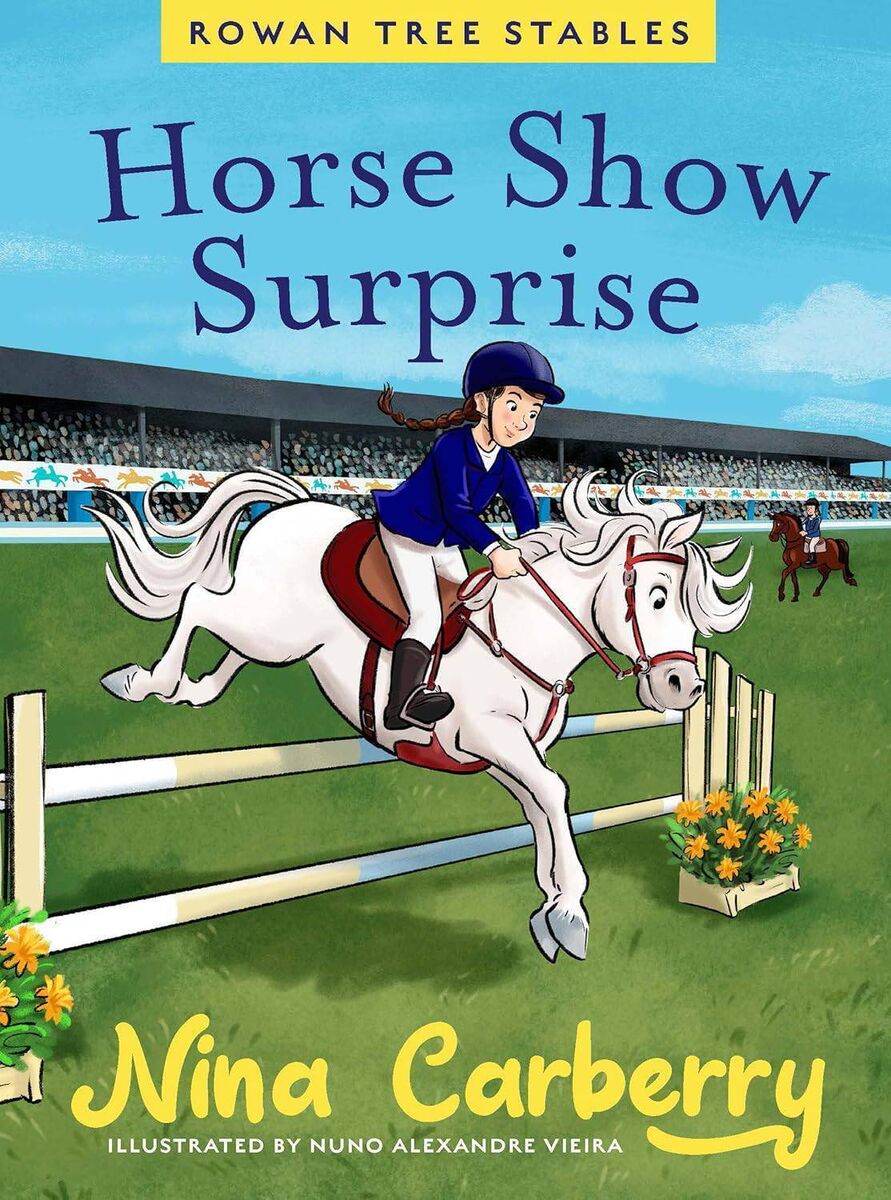
Grace has qualified for Ireland’s biggest horse riding event of the year but appendicitis means Aaron fails to get through.
Can he overcome his disappointment at not competing himself and travel to Dublin as groom for his best friend on the big day?
While Aaron weighs feelings of loyalty and dejection, Grace faces further hurdles on her journey to the RDS, with an injury scare and an emergency at the stables throwing her plans off course.
There’s tacking up and mucking out, hoof picking and horsey snobbery galore to satisfy pony lovers aged eight plus, with Grace’s riding exploits pitched perfectly between the realistic and the aspirational, making her a credible female role model.
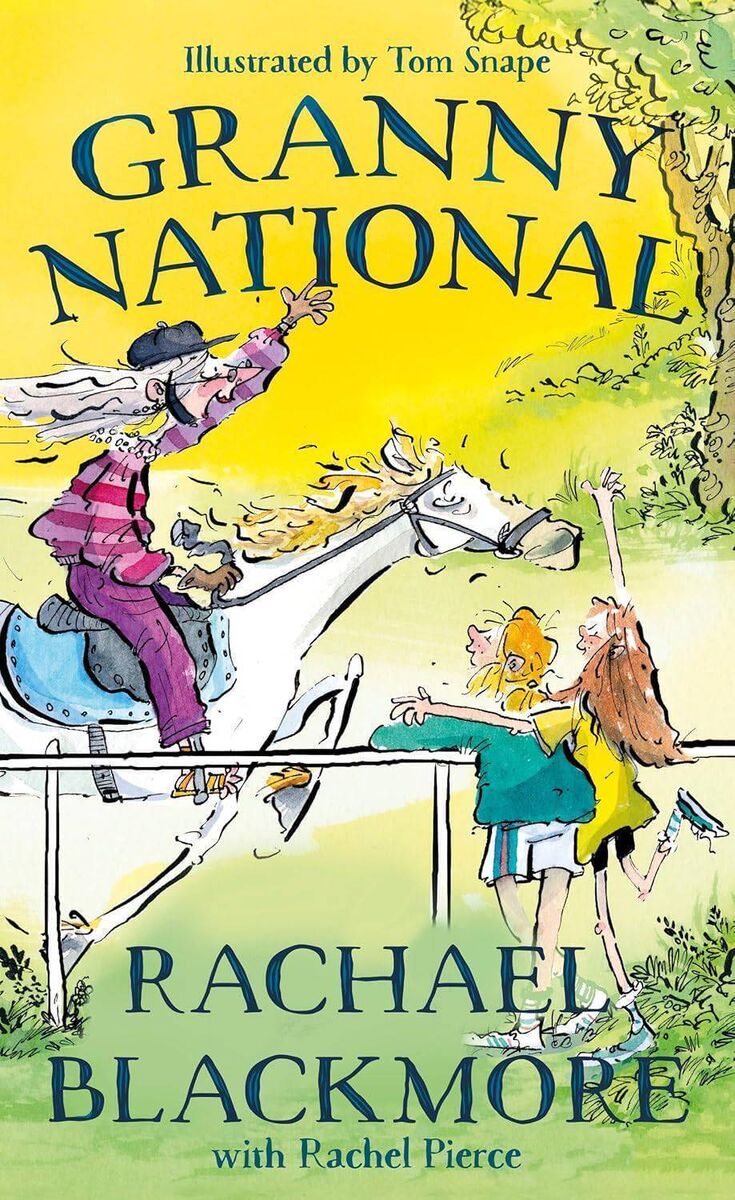
Granny National by Rachael Blackmore with Rachel Pierce and illustrated by Tom Snape (Puffin, €15)
Rachael Blackmore’s debut children’s novel, following hot on the heels of her recent retirement from a stellar racing career that saw her become the first woman to win the Cheltenham Gold Cup and the Grand National, sensibly states on its cover that the work is a collaborative effort.
The childhood memories that form the backdrop to the cleverly-titled Granny National, however, are all Blackmore’s — drawn from her upbringing in Co Tipperary.
There’s a warm familiarity about the farmyard scenes — the chickens scattering as humans approach; a dilapidated, abandoned car overcome by shrubbery; and stables which house unidentifiable parts of every type of machinery, but rarely the horses for which the buildings were constructed.
There’s little warmth, however, about one of the characters in Blackmore’s story, which stars a cast of cousins — including one named Rachael — who are staying at their grandparents’ farm.
Their austere grandad, a killjoy seemingly devoid of affection and human kindness, haunts the children’s otherwise fun-filled holiday like a beastly Roald Dahl baddie, always finding fault and cause for discontent.
Tom Snape’s illustrations add another Dahlian tint to this madcap tale of horse-racing mayhem, in which Blackmore has fun with a Grand National chocolate sweepstake in which Red Rum competes against Tiger Roll and Minella Times, the horse on which Blackmore won at Aintree in 2021.
The children’s granny, as the title suggests, also gets in on the racing action, blazing a trail not only for female jockeys but for those following their dreams in older age.
Pivotal to the whole melee of equine exuberance, however, is the fictional Rachael’s New York cousin David.
His arrival, ignorant of almost every aspect of Irish rural life, provides the opportunity for Blackmore to introduce young readers to the finer points of farming and racing, as well as country cuisine, as David swaps his notions of smashed avocado on sourdough for spuds and butter.
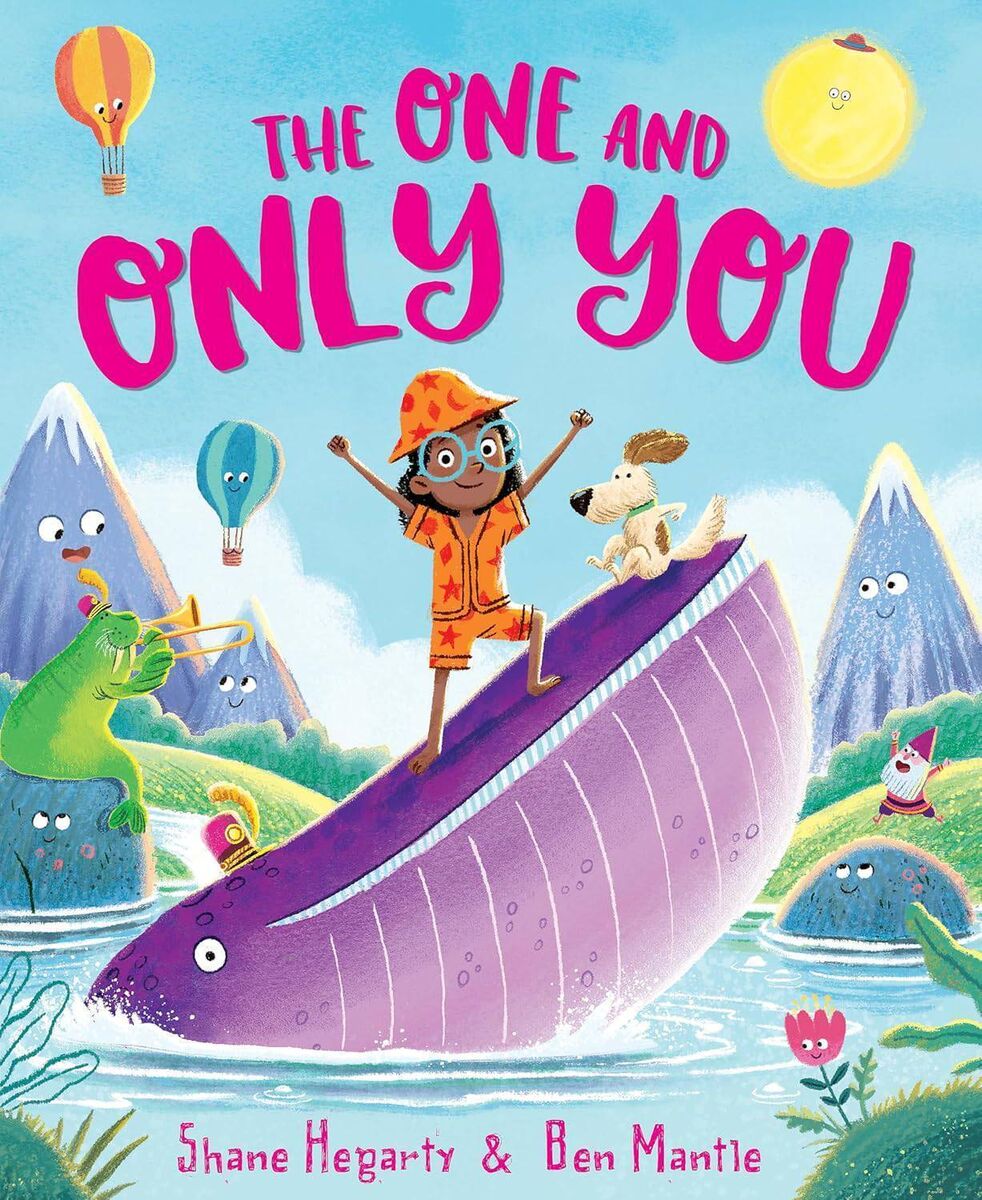
The One and Only You by Shane Hegarty and Ben Mantle (Hachette, €13.99)
“In this whole wide world of people, and animals, and plants, and flowers, and oceans, and lakes, and so, so many other things, too many to count… there is only one you.”
Shane Hegarty’s picture book is a celebration of individuality with an intergalactic perspective, as a young child discovers how, despite the vastness of this universe and others beyond, each person is completely unique.
Generations of ancestors may be reflected through physical similarities — your mother’s nose, your father’s eyes, or your great-granny’s auntie’s smile — but put them all together and “they make you and no one else”.
Considering your place among centuries of your own family lineage, let alone in the context of the enormity of humanity and all other life forms, may be a mind-boggling concept for the book’s age four-plus readership.
But Darkmouth author Hegarty puts the focus back on the individual, assuring young readers that they are far from alone in a world in which family and friends embrace their uniqueness.
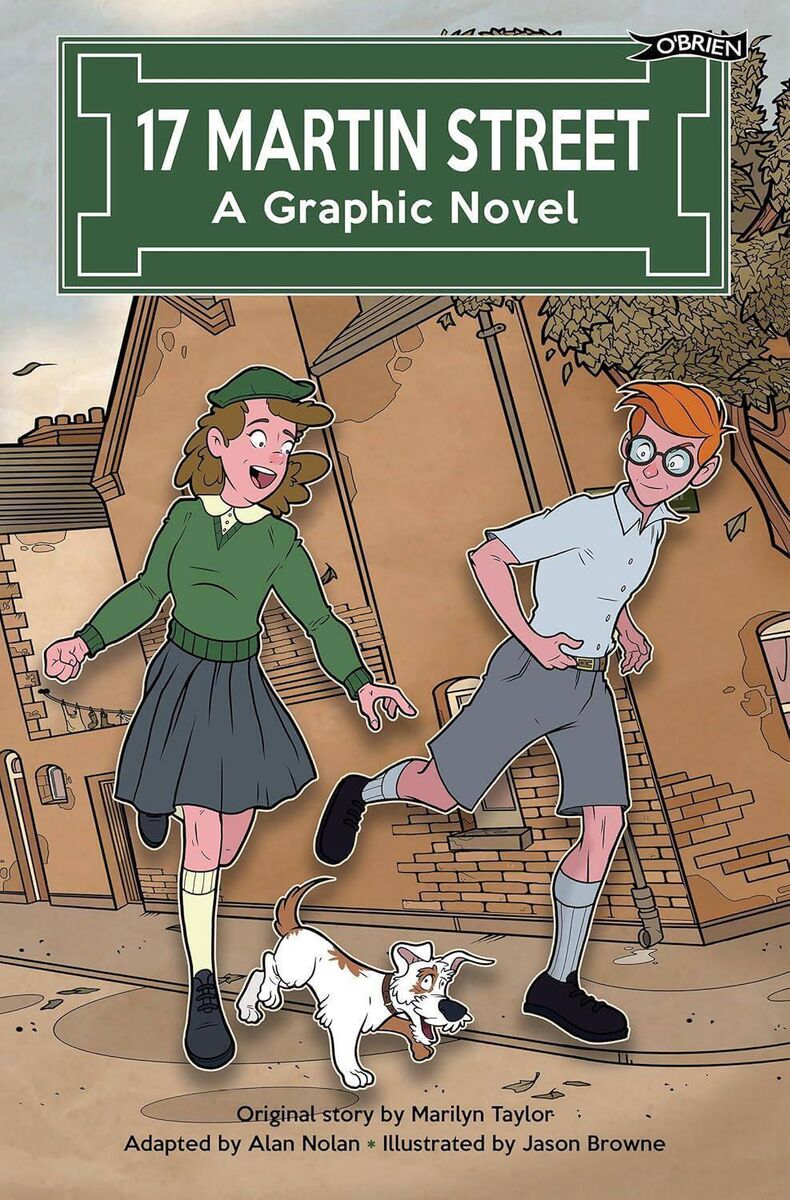
17 Martin Street: A graphic novel by Marilyn Taylor, adapted by Alan Nolan, and illustrated by Jason Browne (O’Brien Press, €14.99)
When Hetty Golden’s family move to Martin St near Dublin’s Portobello Bridge during the Second World War, the reception they receive from their new neighbours is mixed.
Ben extends the hand of friendship to Hetty, but his father’s response to the arrival of a Jewish family is hostile.
“There isn’t enough work for us all here,” he says. “They should all go back where they came from.”
Though during ‘The Emergency’, many are similarly suspicious of strangers, Ben’s mother counsels him to consider the persecution suffered by the Jews and to remember that “we’re all people”, regardless of differing religions.
Ben is given work as the Goldens’ Shabbos Goy, doing odd jobs forbidden to Jews on the Sabbath, and when it becomes known that there is a young Jewish refugee from Nazi Germany hiding in the city, he and Hetty become involved in aiding her safety.
Alan Nolan and Jason Browne give a graphic novel makeover to Marilyn Taylor’s original book, which was in turn inspired by the real life story related to Taylor by a German Jewish woman who had arrived in Ireland at the age of 17, following the Nazis’ rise to power.
With the eyes of the world now turned to Palestine, the timing of the graphic novel’s release is interesting; indeed it makes reference to the young refugee’s brother finding safety there in a kibbutz.
Yet the story’s message of human kindness overcoming difference is more relevant now than ever, and in dedicating his work to all those who find themselves in a new country, Browne adds: “Being an immigrant is not a burden but a gift that enriches a country.”
